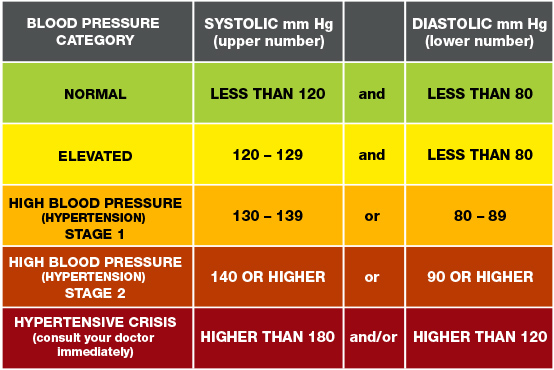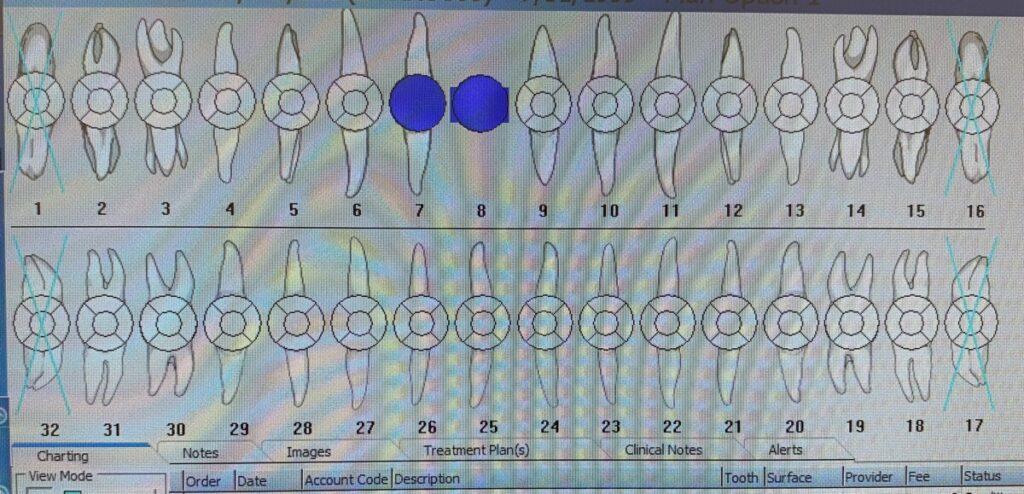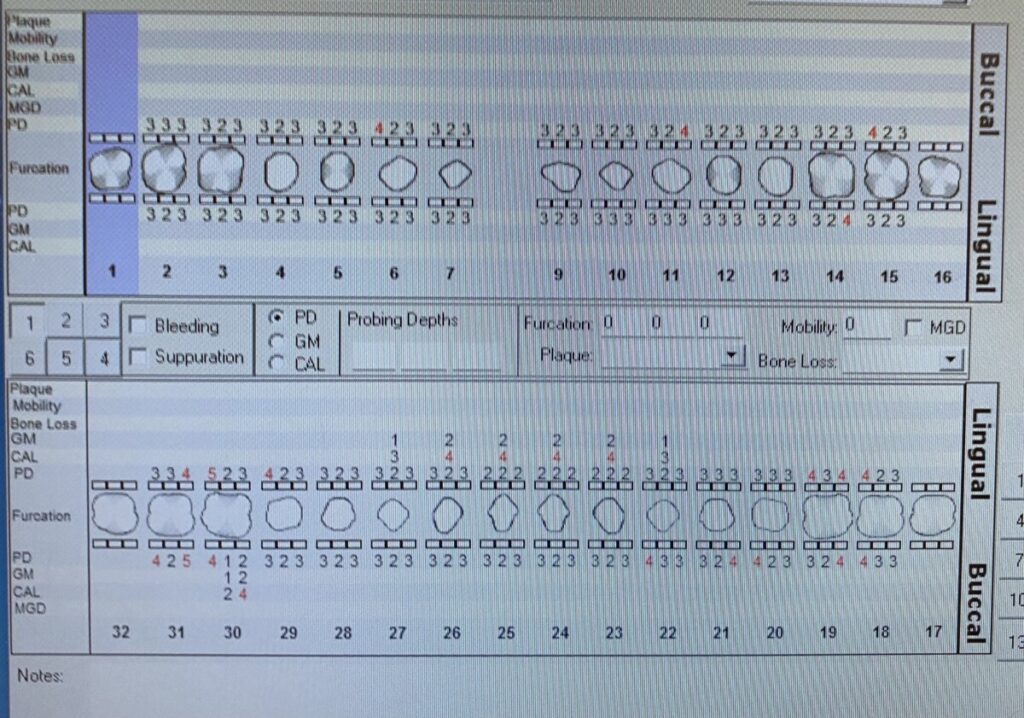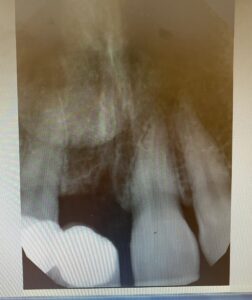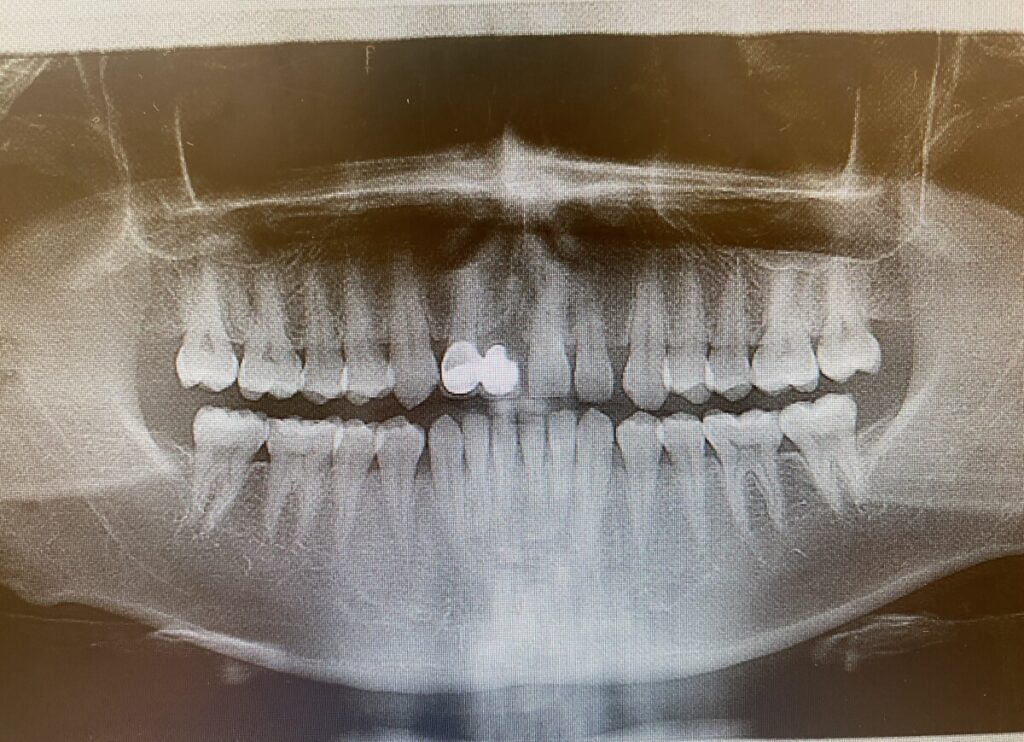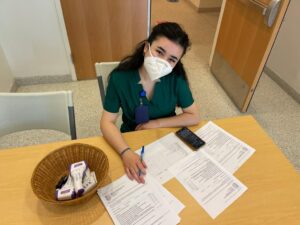Case Study 1: Managing a patient with Hypertension Stage 1
Demographics:
Sh.R, Male ,21 year old South Asian, Heavy/ Gingivitis.
Assessment:
Patients significant findings in medical history , Patient is sensitive to cold and hot air in all surfaces. Takes Excedrin only when experiencing migraines. Patient last dental exam was in 2010 and had only done a dental cleaning.
- Patient is ASA 3 due to uncontrolled hypertension.
- Vital signs- Blood Pressure :135/102 with Pulse:97
- Takes Stool softener 1x a day for constipation.
Hypertension
Hypertension is the term to describe high blood pressure, it is the measurement of the force exerted against the walls of your arteries as your heart pumps blood to your body. Elevated blood pressure exceeding 130 over 80 mmHg is known as hypertension.
Hypertension increases the risk of various adverse cardiovascular events such as atherosclerosis, stroke, coronary heart disease and other serious life threats.
Oral Pathology
EO: WNL
IO: Bilateral linea alba, slightly coated tongue.
Dentition
Bilateral Class 1 Occlusion.
- 4mm overjet
- 10% overbite
- PD 5mm/limited probing due to calculus .
- Patient is missing tooth number #8 due to trauma during childhood.
- Patient has cantilever bridge on #7.
- Patient has insipient lesion on #4D.
- Patient reported that his 3rd molars never erupted.
VV Periodontal Chart VV
- Patient has generalized 2-3mm probing depths with localized 4-5mm on molar regions.
- Generalized severe bleeding upon probing on all surfaces.
Gingival Assessment: Pink gingiva with general gingival marginal inflammation, localized bulbous gingiva on lower anteriors. Generalized moderate plaque formation.
Oral Hygiene
Patient initial plaque score was 2.0 poor. This patient was a heavy case value with generalized supra and sub gingival calculus. Calculus was found on all surfaces but more prominent on mandibular anteriors lingual surfaces on teeth #22-27.
Planed OHI: On the patients first visit in the clinic the examination with the red disclosing agent was used to show where to focus when bushing. Patient first reported that he brushes twice a day and flosses when food gets stuck between his teeth, . Upon the findings with the plaque score this patient was not using the proper technique when brushing. On the first visit we focused only on Tooth brushing technique and I introduced her the Modified Bass tooth brushing technique using the manual toothbrush. I also educated the patient the importance of oral hygiene and care of his beautiful teeth, we went over what is plaque and calculus .
Second visit plaque index was 1.6-fair with most of the plaque on the interproximal surfaces. The patient first stated that he has implemented the new toothbrush method twice a day. I then showed him how to floss by using the right middle finger to hold floss, and excess onto left middle finger of left hand, slide in a short showing motion, make c-shape against the tooth and use up or down movement. We practiced this together till he felt confident using the floss.
I emphasized how these new oral hygiene methods will help reduce gingival inflammation and bleeding when she brushes.
Radiographs
Patient was exposed for an HBW, local PA of upper anteriors #7,8 and Panoramic image to check the 3rd molars, the cantilever bridge, active caries lesions and to confirm periodontal conditions. Patient was given Referral to his Physician for high blood pressure and bridge evaluation #7.
Radiographic statement: Tooth #7~ 30% of bone lose suspect related to cantilever bridge, 15% general bone lose. Insipient lesion on #4D. Calculus present on radiographic image on molars.
Treatment Management
Initial visit
I reviewed patient’s medical history, high blood pressure was noted, due to his young age patient was not dismissed for elevated blood pressure was advised to bring medical clearance from his physician for next visit. IO/EO examination were within normal limits. Completion of probing and calculus detection were done. Radiographs was taken to stage and grade. Plaque score 2.0 poor, introduced effective toothbrush method the Modified Bass method, Hand scaled quadrant one and applied 20% Benzocaine tropical gel pain management.
Visit 2
Reviewed his medical history, patient obtained medical clearance form from his physician he was prescribed Hydrochlorothiazide 25 mg 1x a day. and blood pressure was recorded again (129/95). Intraoral examination again- within normal limits. Plaque score was recorded 1.6-Fair, introduced flossing and demonstrated in patients’ mouth. Hand scaled quadrants two and three, used 20% Benzocaine topical gel for pain management.
Visit 3
Reviewed medical history and blood pressure was recorded (133/98). Reviewed IO: Raised white 3mm lesion consistent with minor trauma located on gingiva #31D was noted. Patient stated that it occurred 2 days prior and believes it is from aggressive toothbrushing, Dr. Bowers informed patient to see the dentist if the lesion does not go away within 2 weeks. Plaque score 0.7 fair, Introduced Oral B power toothbrush and demonstrated it on a typodont, informed patient to pay attention to the pressure that he puts while brushing. Hand scaled quadrant 4, used 20% Benzocaine topical gel for pain management. Engine polished with medium grit paste. Placed sealant on tooth #3 with rubber dam. Applied Varnish 5% NaF, post op instructions were given..
Evaluation
Initially the patient came in just for a dental cleaning and did not have any knowledge on what was happing in the oral cavity. However after showing her periodontal charting and FMS she had more interest in taking care of her teeth. I showed her where the plaque retention in her mouth was located by using the disclosing solution. Patient became more inclined and interested in my demonstration and instructions and has applied it.
Reflection
I believe I accomplished everything I had in my treatment plan, specially my patient’s plaque score was reduced. My patient was motivated by the methods I taught and demonstrated. Introducing the modified bass tooth-brushing and flossing method were important for the patient’s education. Overall, I am very satisfied because I was able to motivate my patient to conduct health oral hygiene practices. And most importantly he was happy with his smile and he texted me afterwards expression his pleasant and painless dental cleaning experience.
